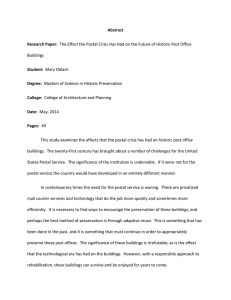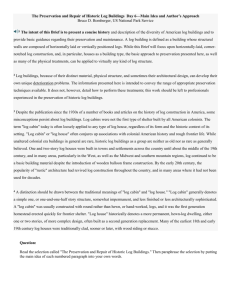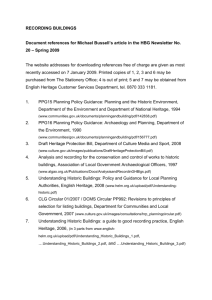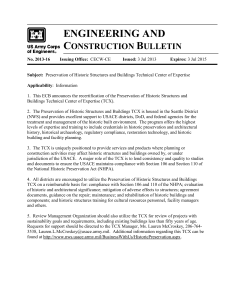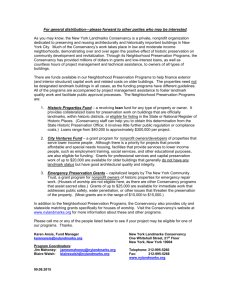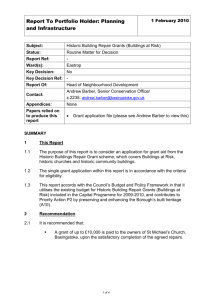Preserving Historic Buildings
advertisement
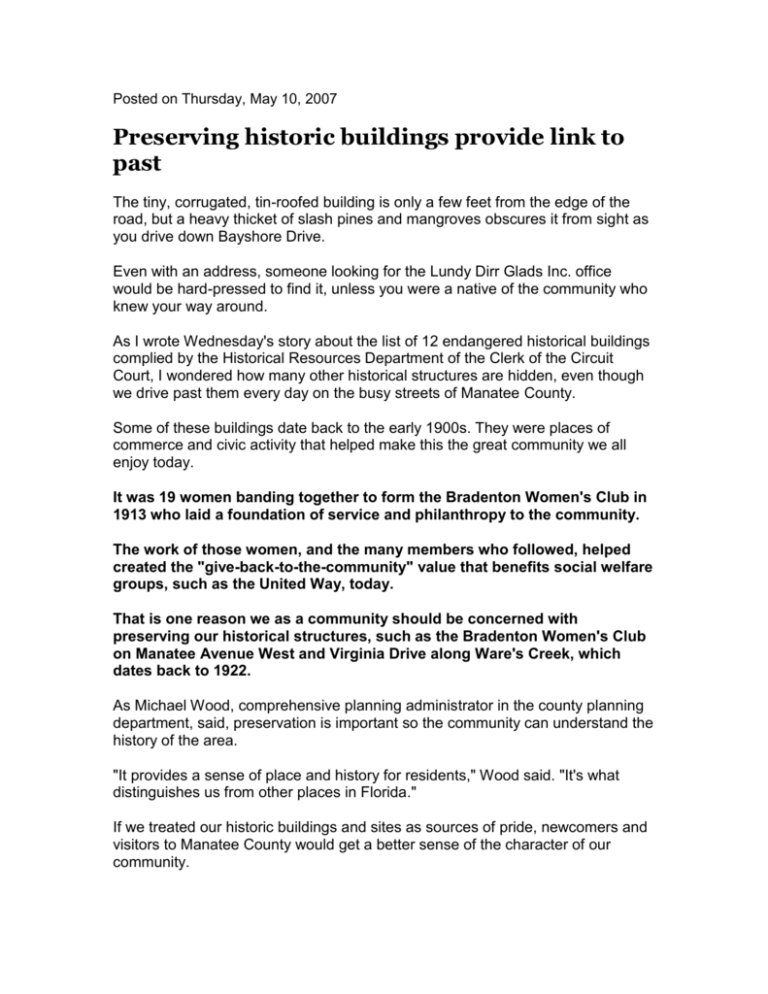
Posted on Thursday, May 10, 2007 Preserving historic buildings provide link to past The tiny, corrugated, tin-roofed building is only a few feet from the edge of the road, but a heavy thicket of slash pines and mangroves obscures it from sight as you drive down Bayshore Drive. Even with an address, someone looking for the Lundy Dirr Glads Inc. office would be hard-pressed to find it, unless you were a native of the community who knew your way around. As I wrote Wednesday's story about the list of 12 endangered historical buildings complied by the Historical Resources Department of the Clerk of the Circuit Court, I wondered how many other historical structures are hidden, even though we drive past them every day on the busy streets of Manatee County. Some of these buildings date back to the early 1900s. They were places of commerce and civic activity that helped make this the great community we all enjoy today. It was 19 women banding together to form the Bradenton Women's Club in 1913 who laid a foundation of service and philanthropy to the community. The work of those women, and the many members who followed, helped created the "give-back-to-the-community" value that benefits social welfare groups, such as the United Way, today. That is one reason we as a community should be concerned with preserving our historical structures, such as the Bradenton Women's Club on Manatee Avenue West and Virginia Drive along Ware's Creek, which dates back to 1922. As Michael Wood, comprehensive planning administrator in the county planning department, said, preservation is important so the community can understand the history of the area. "It provides a sense of place and history for residents," Wood said. "It's what distinguishes us from other places in Florida." If we treated our historic buildings and sites as sources of pride, newcomers and visitors to Manatee County would get a better sense of the character of our community. Speaking of visitors, cultural heritage tourism is becoming big business, just as eco-tourism has in the past 20 years or so. According to the National Trust for Historic Preservation Web site, studies have shown that visitors to a community with historical destinations tend to stay longer and spend more money than other tourists. Also, a strong cultural heritage tourism program improves the quality of life for the full-time residents as well, according to the Web site. There's also the practical aspect of saving some of our older buildings. A good suggestion for finding new uses for historical structures may be found in the Gillette School House No. 3, at 3720 Moccasin Wallow Road, in the Gillette community. South of the white, stucco, hollow-tile-frame building, which was built in 1925, more than 1,700 homes are planned, with a potential population of more than 4,000. What a wonderful civic and activity center the structure would make. The success of such thinking is demonstrated in the historic fishing Village of Cortez, a community with a deep sense of history. The former 1912 Historic Cortez Schoolhouse has been converted into a community center and maritime museum. Wouldn't be wonderful if the Gillette School House housed a museum to highlight the agricultural history of the community? There are many more reasons to preserve our past, but it has to be a priority of the community. For those who believe history is worth saving, the Florida Trust for Historic Preservation has scheduled its annual conference May 17-19 at the Hyatt Hotel in Sarasota. For more information check out their Web site at cnudi@bradenton.com




